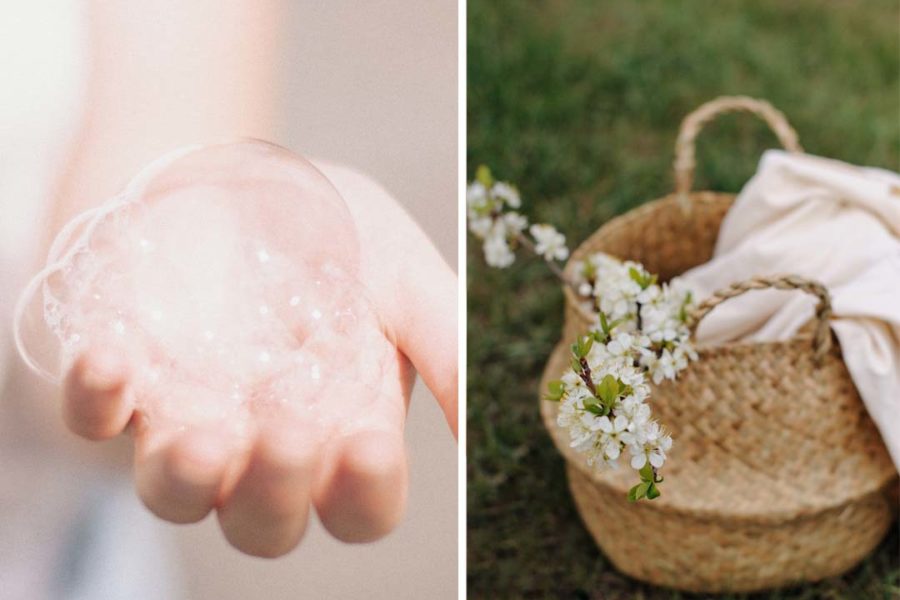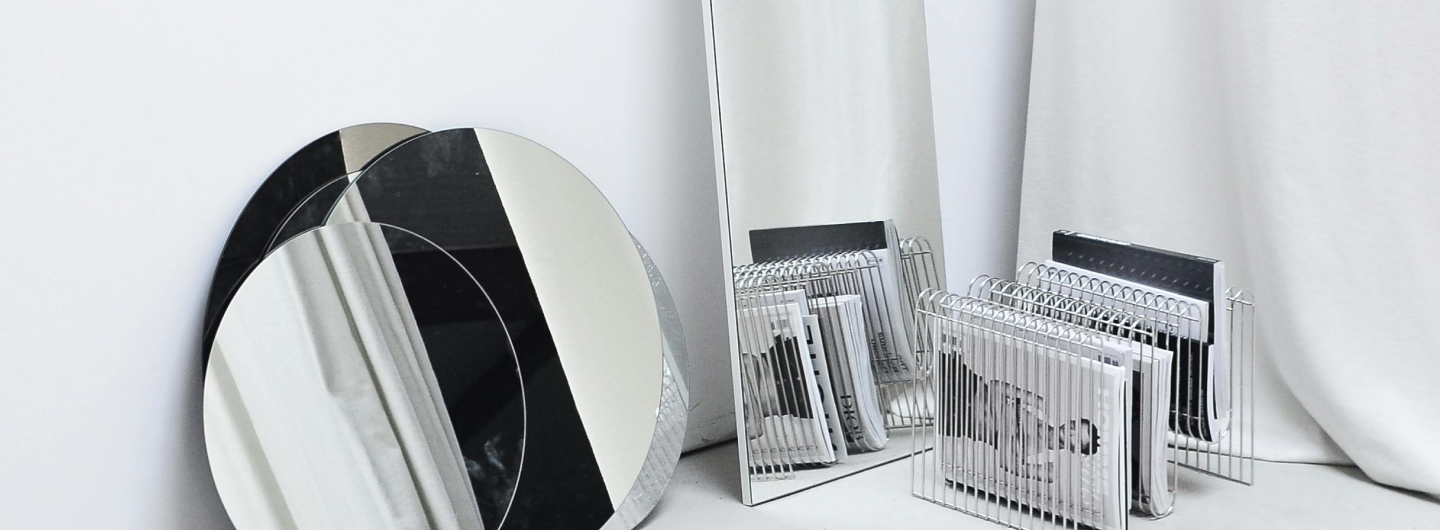
Environmentally-friendly laundry instructions for a better future
“Bacteria disappears in 60 degrees” and “The more detergent, the cleaner” – these are some of the myths when it comes to washing our clothes. Surveys show that 7 out of 10 Swedes have inherited their washing behavior from their parents, who in their turn received them from their parents. On average, we wash our clothes far too often, many times without realizing how much it wears on both our clothes and the environment. Here we give you the washing thread that cares more about the environment.
A study conducted by Mistra Future Fashion shows that by doubling the amount of uses on our garments, you can halve your environmental impact, given that the extended number of uses replace a newly produced garment. The same study shows that a t-shirt on an average is worn around 30 times but also washed 15 times during the same period. A habit neither necessary nor environmentally friendly. However, surveys conducted by the Swedish Environmental Protection Agency show that the majority of consumers in Sweden are willing to make sustainable choices but are uncertain of how to go about it. Here are some of the laundry tips relevant today for more sustainable habits and clothing care:
Lower the temperature: To kill bacteria, a lot of people wash at 60 degrees. But what you might not know is that most washing machines actually don’t keep 60 degrees when washing and that the bacteria won’t die until higher temperatures. Lightly soiled clothes often get clean already at 30-40 degrees and modern detergents are fully able to clean the clothes at lower temperatures. Always look at how dirty your garment is and adjust the temperature.
Washing full machines: Washing full machines is more economical and gentler to your clothes. Also, don’t forget to fasten buttons and zippers to reduce the risk of clothes getting caught and torn.
Steam washing: Many washing machines these days have a steam program, which is much gentler on both the clothes and the environment. LG Electronics and the fashion brand Adoore have together launched a new laundy symbol and the initiative “A New Kind of Clean” which aims to promote sustainable clothing care. It is meant to raise awareness on the sustainable and hygienic benefits of steam in addition to machine washing. Refreshing you garments between washes will make our favorite garments last longer.
Air drying: The dryer is a real energy thief and often times shortens the life of the garment. To be gentler on your clothes, air drying is always to prefer. This makes the clothes last longer, when in fact, a lot of materials can’t handle the heat that may occur in a dryer.
Wash less: These days we wash our clothes far too often without it actually being necessary. A garment that has been used 1 or 2 times is usually not dirty enough to require a wash. Often times it’s enough to air it out or rinse it in the sink. In addition, for refreshment, you can use linen water which is easily sprayed on before ironing.
Use less detergent and softener: Overdosing detergent and softener wears on your clothes. These often contain chemicals that are bad for the environment and overdosing requires more water for rinsing. Do not underestimate the use of the right products for the right materials and choose eco-labeled products with Bra Miljö or Svanen. This is to ensure that the detergent doesn’t contain active substances or chemicals. Remember to use gentle fabric softener, but most importantly for the right garments otherwise it can ruin the properties and functions of the material. Fabric softener can have a clogging effect on products meant to breathe such as sportswear or towels.
Replace old machines and dryers: If you have older washing machines and dryers, you should consider investing in new ones, in the long run the economic effects will be way more to your advantage. The new machines require less energy and are developed with better washing programs and functions such as self-dosing. With the help of this function, you can for example save up to 11 liters of detergent and 7000 liters of water per year in an average household.
Sources: Naturvårdsverket, AEG, Villalivet, Washloogy, Leva & Bo, & Seventh Generation.
This text is written by Julia Svensson.




